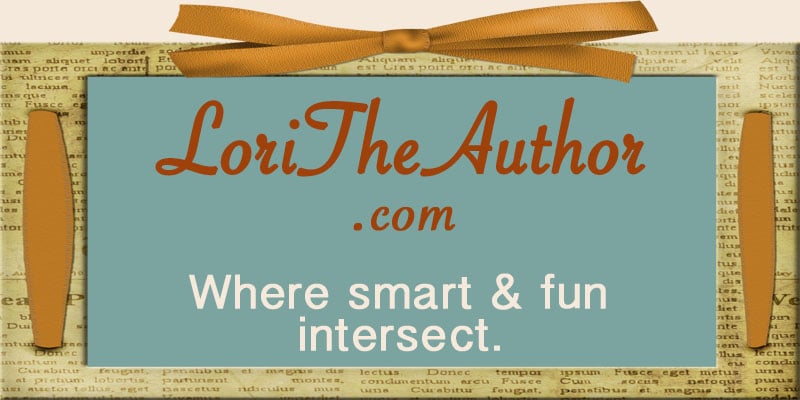Getting a new puppy is such an exciting time… and also a big project for humans! Young puppies in particular need to learn every single thing “from scratch,” ranging from housebreaking to obedience to even simple things such as wearing a collar and leash.
Young puppies (under 16 weeks of age or so) usually aren’t yet finished with their vaccines and therefore shouldn’t yet be walked all over the neighborhood or spend time visiting public places where lots of people and other dogs or animals spend time. However, it is still very important to socialize puppies with a variety of stimuli while keeping exposure to potential diseases at a minimum, and without question, becoming comfortable with a leash and collar is important so your dog will be ready to go “out on the town” when the time comes. (You might also like this article on socializing your dog when not yet finished with vaccines.)
Begin by getting your puppy a lightweight collar. Usually, a cotton or nylon collar with a quick snap (instead of a buckle) is the easiest to deal with. Be sure to purchase a collar that is size-adjustable so you can make it gradually larger as your puppy grows.
Let your puppy sniff the collar and act like it’s a very positive thing. Then, put it on your pet and spend some time playing dog toys with him so you can distract him from thinking too much about the collar. It is best to avoid attaching any noisy tags to the collar at first until your puppy gets used to wearing it. If your puppy seems upset about the collar, try to engage your puppy in a “normal” activity so he won’t stay focused on rolling around and trying to get it off. Most puppies are fine with this. If you practice this for a few minutes each day, your puppy will likely become comfortable sometime within the range of a few hours up to a few days.
Once you’ve worked on the collar socialization and your puppy is comfortable wearing it, it’s time to add a lightweight leash. At first, simply let your puppy drag the leash around a bit… don’t try to “direct” him at first. Once your dog seems comfortable with this, next work on holding the end of the leash in your hand and just following your puppy around. As he becomes better socialized with wearing the leash, you can then start to direct the puppy by using lots of encouragement, play, and maybe even a treat to get him to follow you in the direction you wish to go.
Some of the most important aspects of these exercises are to keep it fun, use lots of patience, and don’t let your puppy’s antics result in you taking the collar and leash off. If he rolls around and “fights” with the leash or collar, do your best to distract the puppy with toys and don’t remove them until it’s on your terms… not as the result of his upset. Never attempt to soothe your puppy by petting and using a sweet voice while he’s acting upset. Instead of feeling soothed, he will feel as if you’re saying “good rolling and fighting.” Gently tell your puppy “No” if he acts upset, and use the praising voice and petting when he’s more accepting of the situation.
With a little practice and lots of patience, your puppy will soon be socialized with wearing a leash and collar and will be ready to go on walks when the time comes. Remember that you can practice leash walking indoors with fewer distractions, which will make it easier when you do head outside. These tips can also be applied to socializing your puppy with other things as well!









